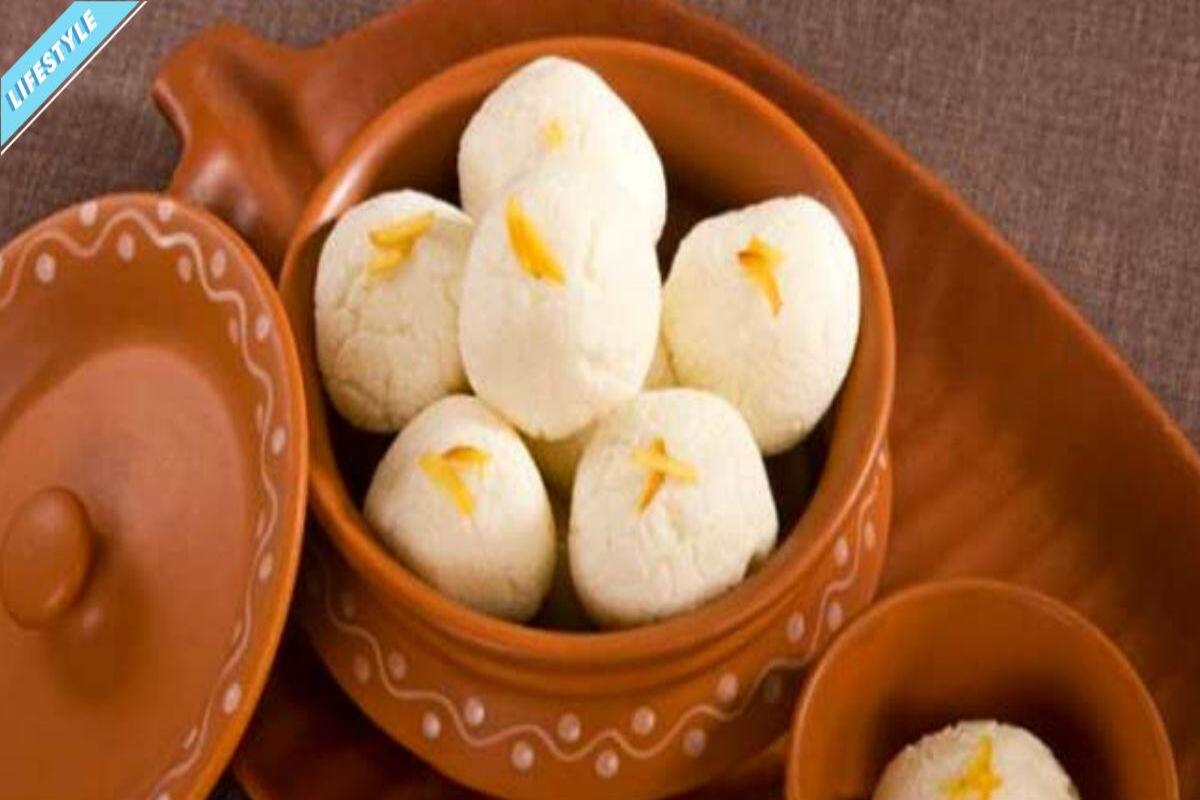Cold storage association demands storage rent rise from govt
West Bengal Cold Storage Association held their 60th annual general meeting on Wednesday.
In the Odishan historical city of Puri, Rasagola is still known as Khiramohana. Khiramohana is brownish, mostly because it is made of “chena” (cottage cheese) only and being boiled in “raseni” (sugar syrup, also called “sira”) for long. Khiramohana-Rasagola is less porous and less spongy as compared to the white Rasgulla.

From the bylanes of Kolkata and the temples of Puri to the power corridors of Rashtrapati Bhawan, Rasgulla remains one of India’s best-loved culinary inventions. The Bengalis stake their claim on it. The Oriyas believe it’s their invention. And the world cannot seem to have enough of the sweet, also known as rosogolla, roshogollah, or rasbari (depending on which Indian state it is being referred to).
If there has been one sweet dish that has been a true ‘game changer’ of the way sweets are perceived and eaten in India, it has to be the luscious rasgulla – or how famous British chef William Harold described it in a journal – “a bowl of sweet, syrupy, soft cheese balls.”
Advertisement
Rasgulla is a traditional sweet that is usually served at the end of a meal, like many other Indian milk-based desserts. It is prepared from chhena paneer dumplings and semolina dough, cooked together in a sugary syrup. The origin of rasgulla is the subject of a heated debate, with West Bengal and Odisha both claiming to be the birthplace of the dessert.
Advertisement
Bengalis claim that rasgulla was the byproduct of many culinary experiments in the state, while the people of Odisha claim that it was traditionally offered to Lord Jagannath for centuries. However, most food historians agree that the truth is somewhere in between.
In recent years, both varieties got their GI status to differentiate between the two.
In the Odishan historical city of Puri, Rasagola is still known as Khiramohana. Khiramohana is brownish, mostly because of it being made of “chena” (cottage cheese) only and being boiled in “raseni” (sugar syrup, also called “sira”) for long. Khiramohana-Rasagola is less porous and less spongy as compared to the white Rasgulla.
Advertisement